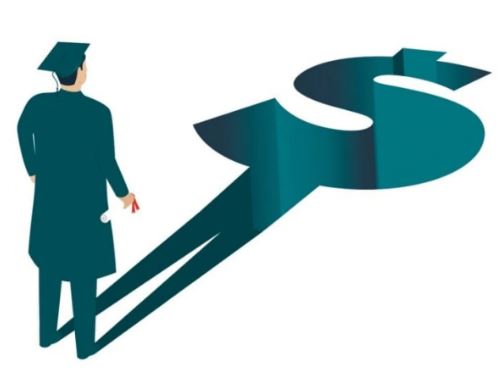Call Today for a Free Consultation
Phone: 720-772-1135

Student Loans
Student loans can have an overwhelming effect on one's life. Figuring out how to handle this debt can take a lot of work, but it is necessary to do so. Many doctors have debt loads perhaps as high as $300,000. It is important to know the various repayment plans and to determine what the best option is for you. Choosing the wrong repayment plan can sometimes lead to paying significantly more than necessary. In addition to the financial stress, the mental energy spent figuring out how to handle the loans is just as bad. Working with you as a financial advisor, I am able to guide you through various options and pitfalls, and advise you as to the best individualized solution for you.
For those who work for the government, the military, or a qualifying non-profit, you may be eligible for Public Service Loan Forgiveness (PSLF). However, this program has several detailed components which must all be complied with to qualify. It is imperative to choose the correct repayment plan. This includes Income Based Repayment (IBR) plans, such as the relatively new Revised Pay as You Earn (REPAYE), and the older PAYE programs.
On REPAYE, one-half of a loan's annual "unpaid interest" is subsidized. This can be particularly valuable while one trains as a resident or fellow, as interest accumulation may exceed the IBR payment amount. Once a resident becomes an attending physician with higher income, this subsidy goes away. Thus, what was possibly a 4.5% effective interest rate, while the subsidy existed, may go back to a 7% rate when the practitioner is no longer eligible for the subsidy. This 2.5% benefit may be a short-term saving. However, the risk is that interest rates in the economy may rise in the interim. The professional then may be stuck with a government student loan, at a higher interest rate, for the long-term.
For more information on how to tackle student loan repayment, please contact me.


